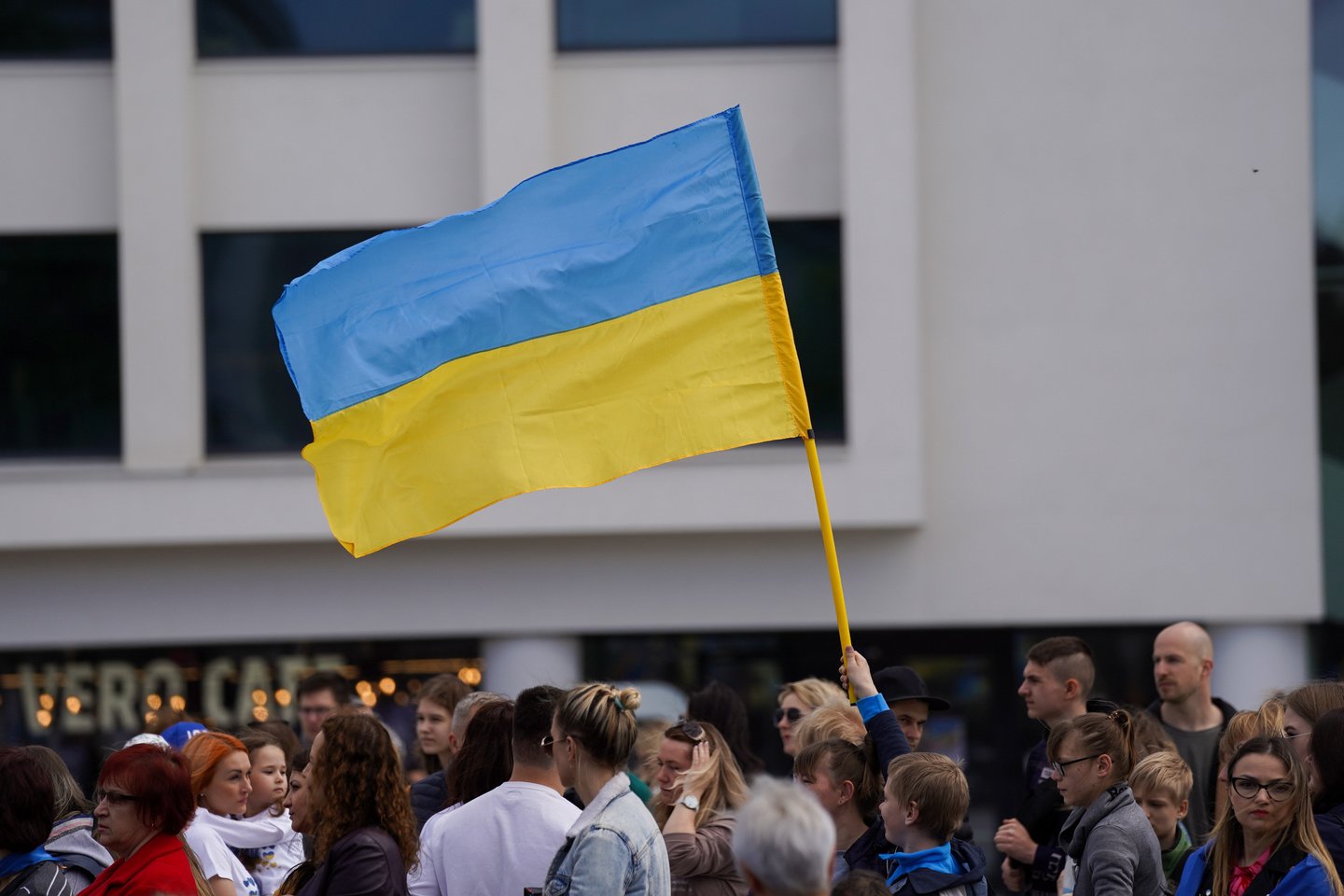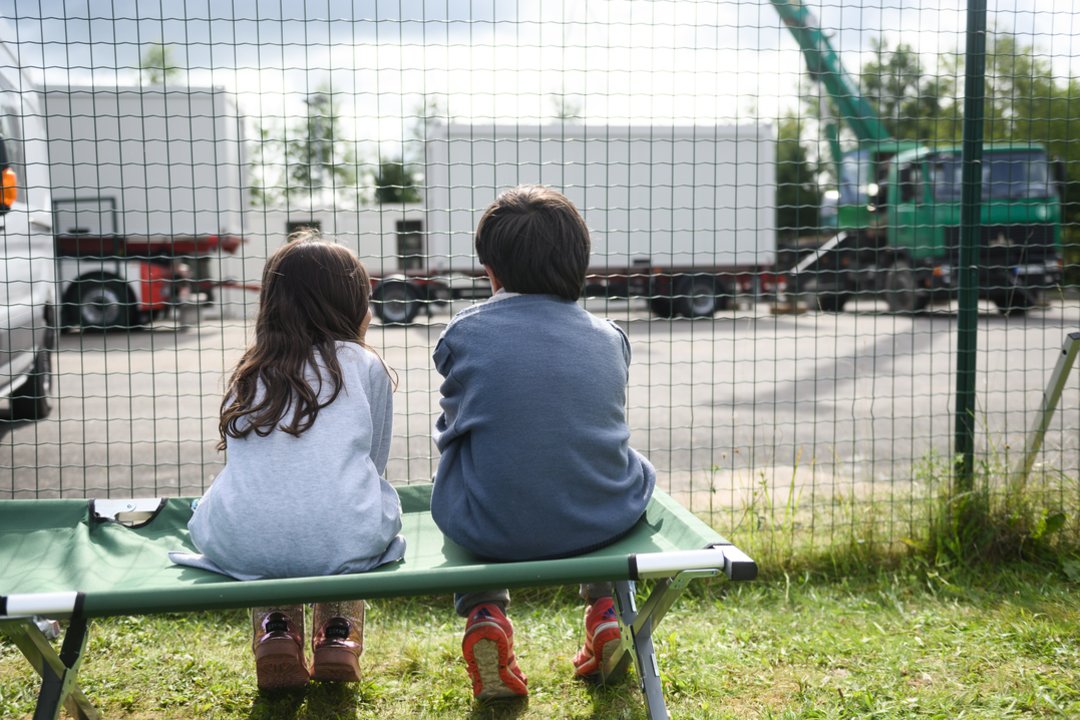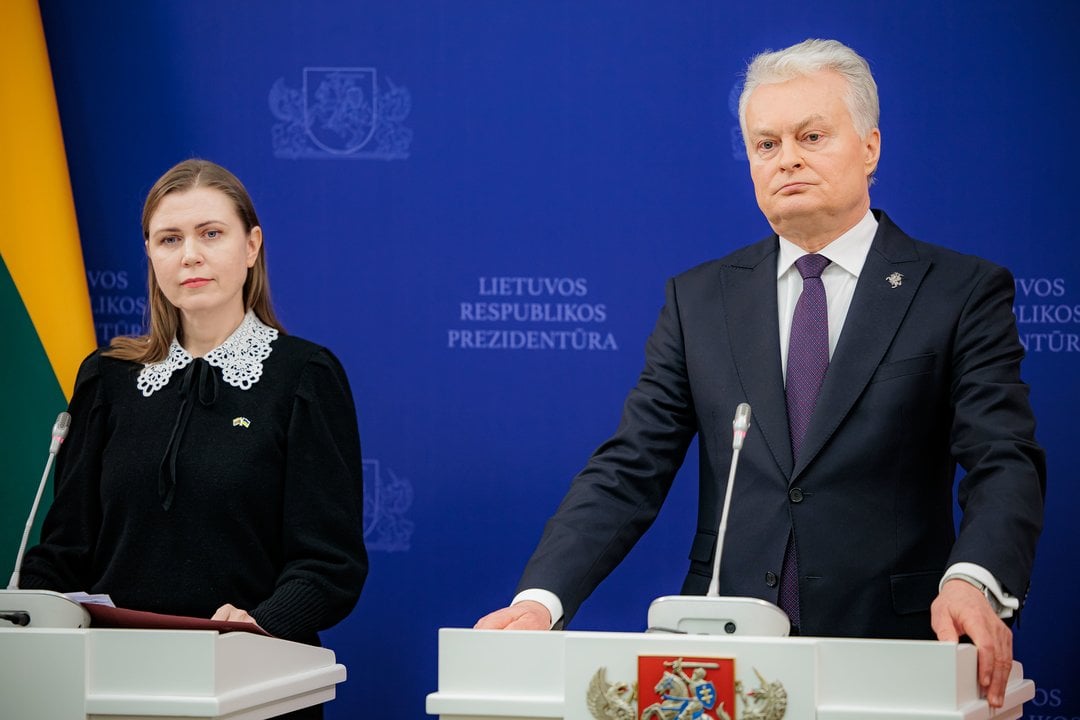– The Russians' use of Iranian kamikaze drones to attack many Ukrainian cities is a new element in the terror tactics of the Ukrainian population. The shelling of critical infrastructure has become systematic and more severe. This indicates that the Russian Federation has embarked on a course of maximum damage to Ukraine's utility and transport infrastructure. At the same time, there is intense shelling of Ukraine's electricity capacity. Consequently, due to the systematic destruction of infrastructure in these regions and the onset of cold weather, people will be forced to leave many settlements and move to safe areas in Central and Western Ukraine. Given the overcrowding of these regions by already existing refugees from the occupied regions and war zones, the new number of displaced persons could amount to several million, which could be a serious challenge for the authorities and international humanitarian organisations;
– The Russian Federation is attempting to destroy communal infrastructure not only in the south-east, but also deep behind the lines where hundreds of thousands of IDPs from the war zones live. This in turn will result in people being forced to relocate even closer to the borders with the EU. Such a development was recently highlighted by Prime Minister Denis Schmigal, who in an interview with Frankfurter Allgemeine stressed that shelling critical infrastructure by Russians could trigger a new „migration tsunami“ in Europe..;
– Russia's attempted annexation of all four Ukrainian regions (Donetsk, Luhansk, Zaporizhzhia and Kherson) could lead to an even greater escalation of hostilities, which, in turn, would dramatically complicate the humanitarian situation in the other three Ukrainian regions (Kharkiv, Dnipropetrovsk and Nikolayev) bordering the above-mentioned regions;
– A possible man-made disaster at the Zaporizhzhia NPP. In case of damage and shutdown of the NPP, a large number of people in both occupied and non-occupied nearby territories would be without electricity. To date, the possible disconnection of the NPP from power or an explosion at the NPP is one of the main factors of pressure (blackmail) of the Russian Federation on the West and Ukraine;
– Safety of life in the de-occupied territories. Another problem faced by the authorities and ordinary citizens is the prospect of a safe pre-war life in the territories from which the RF has been dislodged by the AFU. For example, in March this year, when Russian troops withdrew from Kyiv, Sumy and Chernihiv oblasts, after six months, there was no full return to pre-war normal life. Continued shelling of the border area by the Russian Federation, the risk of re-invasion and economic problems are forcing some Ukrainians from the de-occupied territories to delay their return and stay in safer places (Kyiv, the EU, the Western regions of Ukraine). Such tendencies can also be observed in the liberated territories of Kharkiv oblast.
Thus, based on the above, the humanitarian situation is unlikely to improve in the near future. At the same time, there is also another trend. Despite the lethality of drone attacks and constant rocket and air attacks by the Russian Federation, there is no panic among the population of large cities, which was the case, for example, during the first weeks of the war, when many people fled Kiev and the territory of Ukraine. That is, people in many Ukrainian cities are adapting to modern realities and have developed immunity to the fear of attacks. That is, large numbers of people may remain in war zones or shelling despite life-threatening circumstances.
Another important trend in the overall analysis of the humanitarian situation is that despite the de-occupation of Ukrainian territories from Russian forces, there has not yet been a full return to pre-war life. This, in turn, places an enormous burden on other regions of Ukraine where the displaced people have left, as the lack of necessary infrastructure in the Central and Western regions of Ukraine creates the preconditions for a serious humanitarian crisis. The same consequences are possible for the EU countries bordering Ukraine where an influx of displaced persons may also be directed. Hence, the Ukrainian authorities, humanitarian and volunteer organizations of Ukraine, and the international community should already now be realistic about the situation and prepare for the grave consequences of what is happening.
Buzarov Andrey, Junior Researcher at the Department of Public Administration and Political Science, Klaipeda University, PhD.




